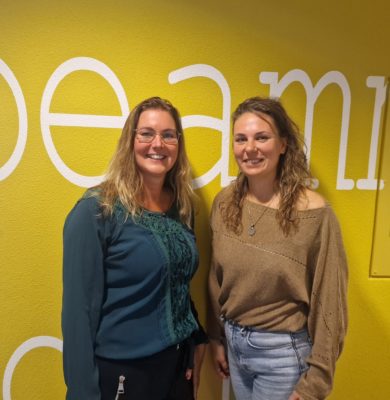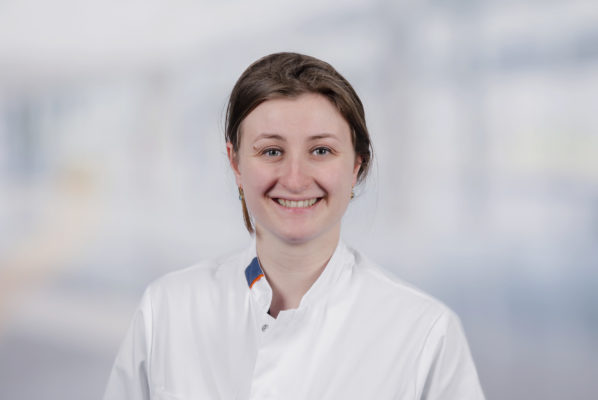Isala: Self-reliance, shorter hospital stay and less home care
Podcast ZORG DICHTBIJ In episode 9 of Isala's podcast series 'Zorg Dichtbij', Tom Faber and Gillian Buitelaar-Huijsse talk to Lianne Dijkhof about the results of the 'Stoma in your own hands' project.
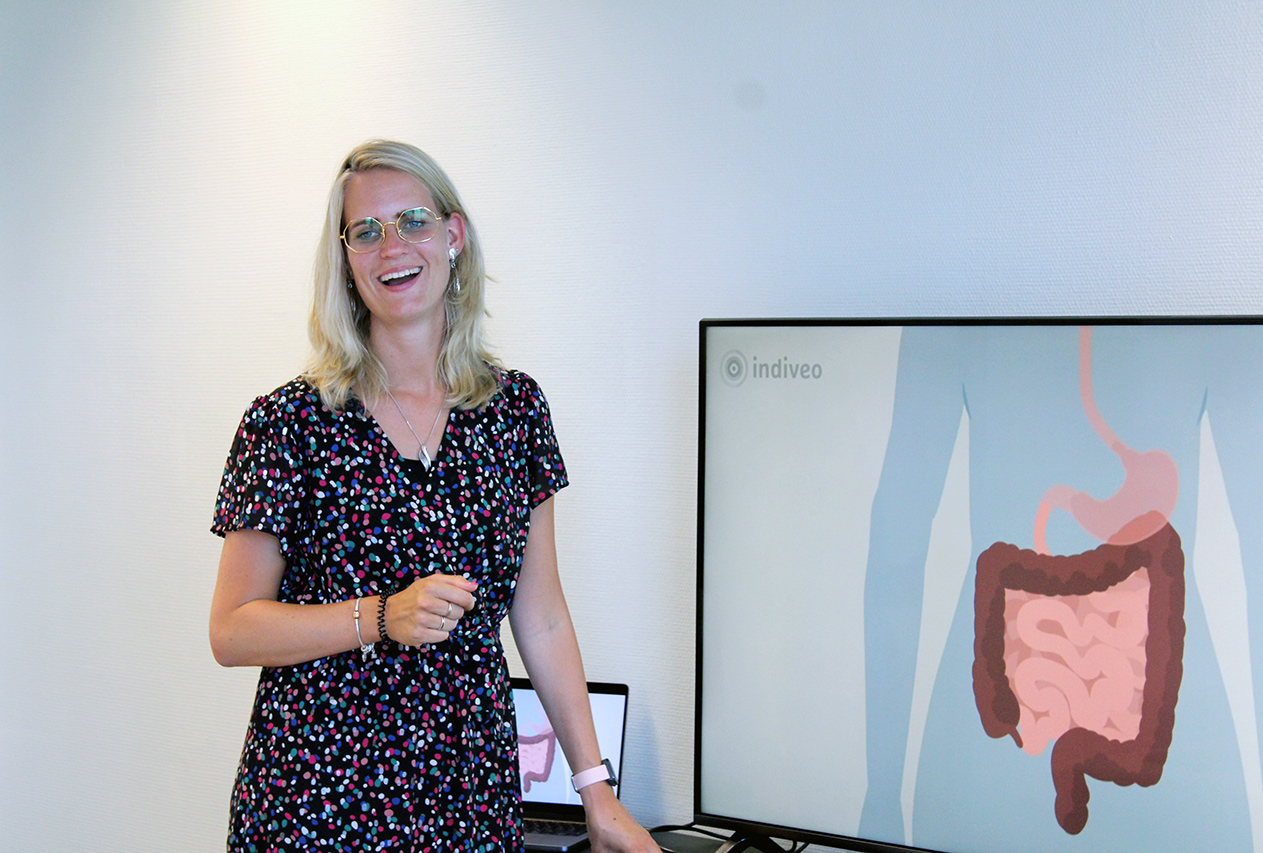
Project 'Stoma care in your own hands'
'Making patients faster and more self-reliant with regard to the care of their stoma was the goal of this project,' says Lianne Dijkhof, manager of the care pathway for abdominal surgery within Isala. The project was designed within the already existing consultation with the stoma nurse.
Old care process: oral explanation
Previously, in this initial consultation, patients received oral explanations about the stoma, supported by a power point presentation. After surgery, in the clinic, the nurse, together with the patient, made the initial practical arrangements for applying and caring for the stoma. After discharge, in all patients, home care was engaged to help with stoma care at home.
New care process: patients directly on ostomy equipment
The oral explanations given in the consultation with the ostomy nurse have been optimized by offering patients, digitally, the understandable animations (Divis) about ostomy care prior to this consultation.
Patients and their loved ones have already watched the animations and prepared themselves at home. In the first consultation with the ostomy nurse at the outpatient clinic, patients now immediately start practicing (including cutting and pasting to size) with the ostomy material from Medireva's starter pack.
During this "practical session," patients ask the ostomy nurse their questions, giving the consultation a much more active character with a concrete payoff. Emergency patients, who unexpectedly receive a stoma, are also educated through Indiveo and they start practical practice with the stoma on the ward.
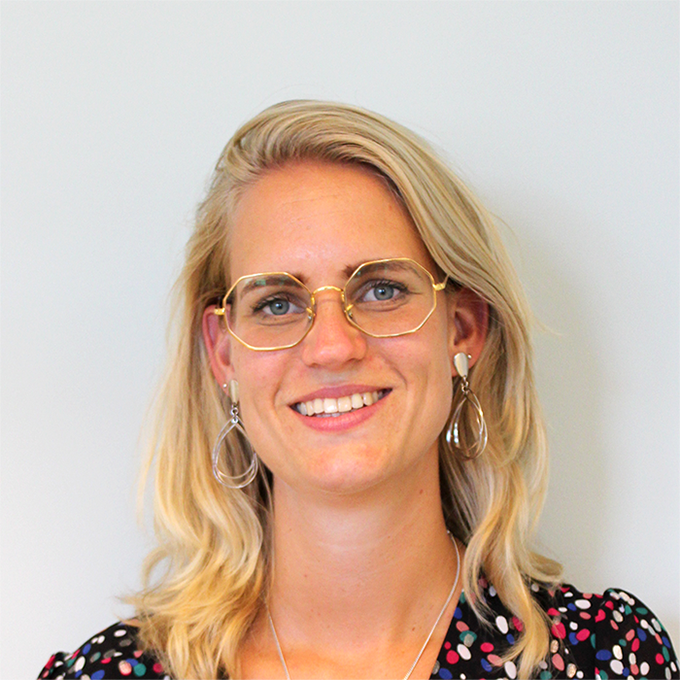
"In the initial consultation, patients are already practicing with the ostomy material"
- Lianne Dijkhof, executive care pathway abdominal surgery
Results: shorter length of stay and less home care
Prior to the development of the new care process, Isala established KPIs based on the Quadruple Aim model. This model focuses on improving perceived quality of care, increasing caregiver satisfaction, improving population health and reducing healthcare costs.
Isala focused on the following KPIs:
- Quality: Patients experience satisfaction and feel well informed. Self-efficacy increases, and ostomy nurses enjoy greater job satisfaction.
- Accessibility/Accessibility: The average length of stay for both elective and emergency ostomy patients decreased remarkably. In a sample of 50 elective ostomy patients, the average length of stay decreased from 9 days to 6 days. In a sample of 50 emergency ostomy patients, the average length of stay decreased from 15 days to 9 days. The need for additional home care after discharge from the clinic decreased. The number of patients receiving additional home care after 6 weeks decreased by 38%, and by 55% after 12 weeks. In addition, some patients leave the clinic with no need for additional home care.
- Sustainability: Isala promoted sustainability by replacing all printed leaflets with digital Divis.
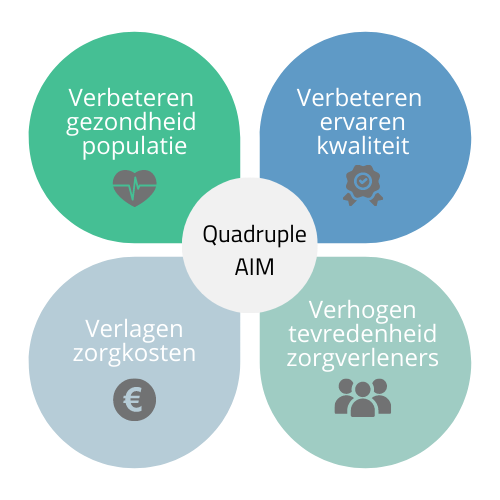
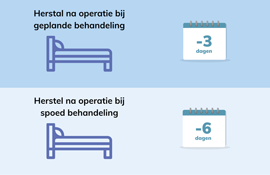
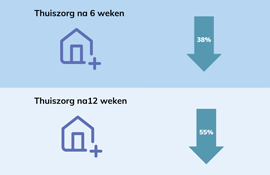
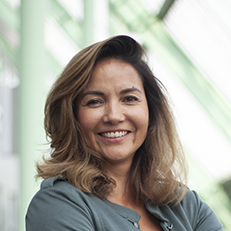
Also achieve results with Indiveo
Contact Roana and meet Indiveo at a demo.



